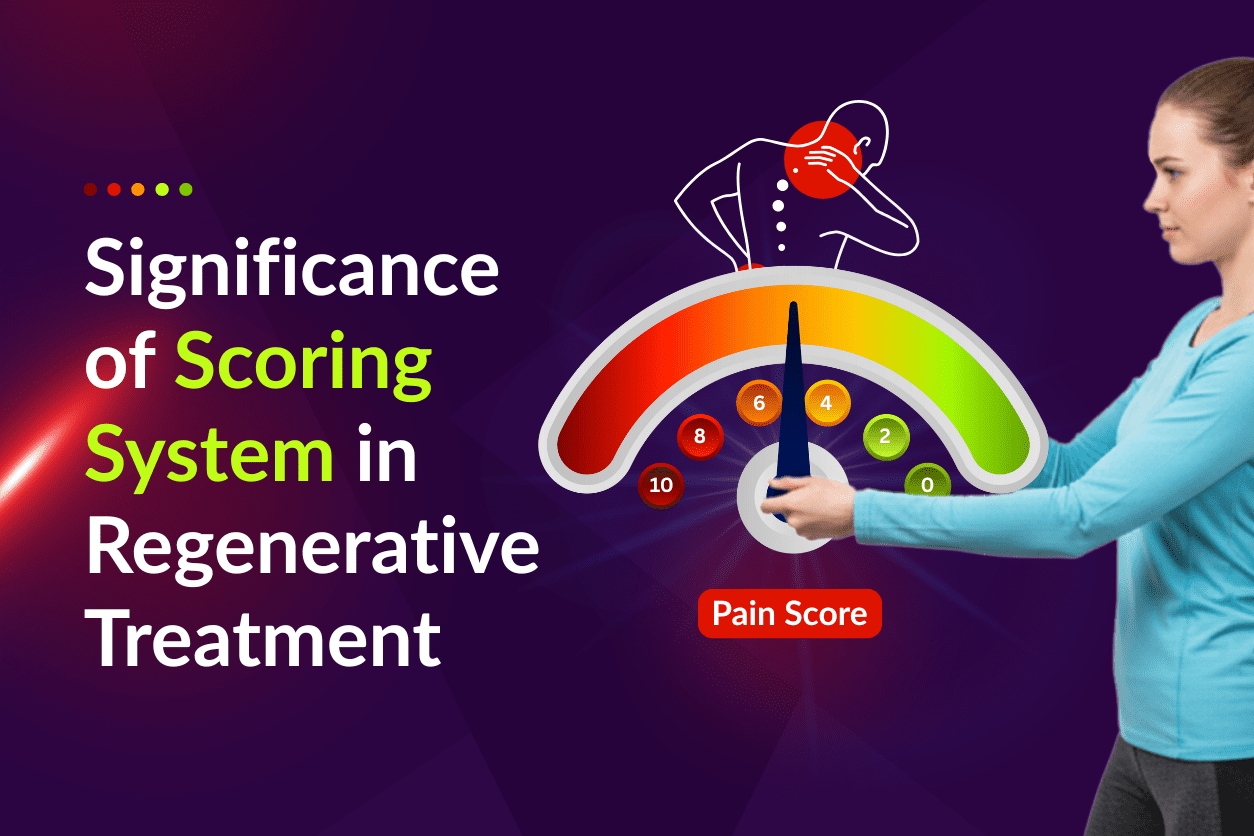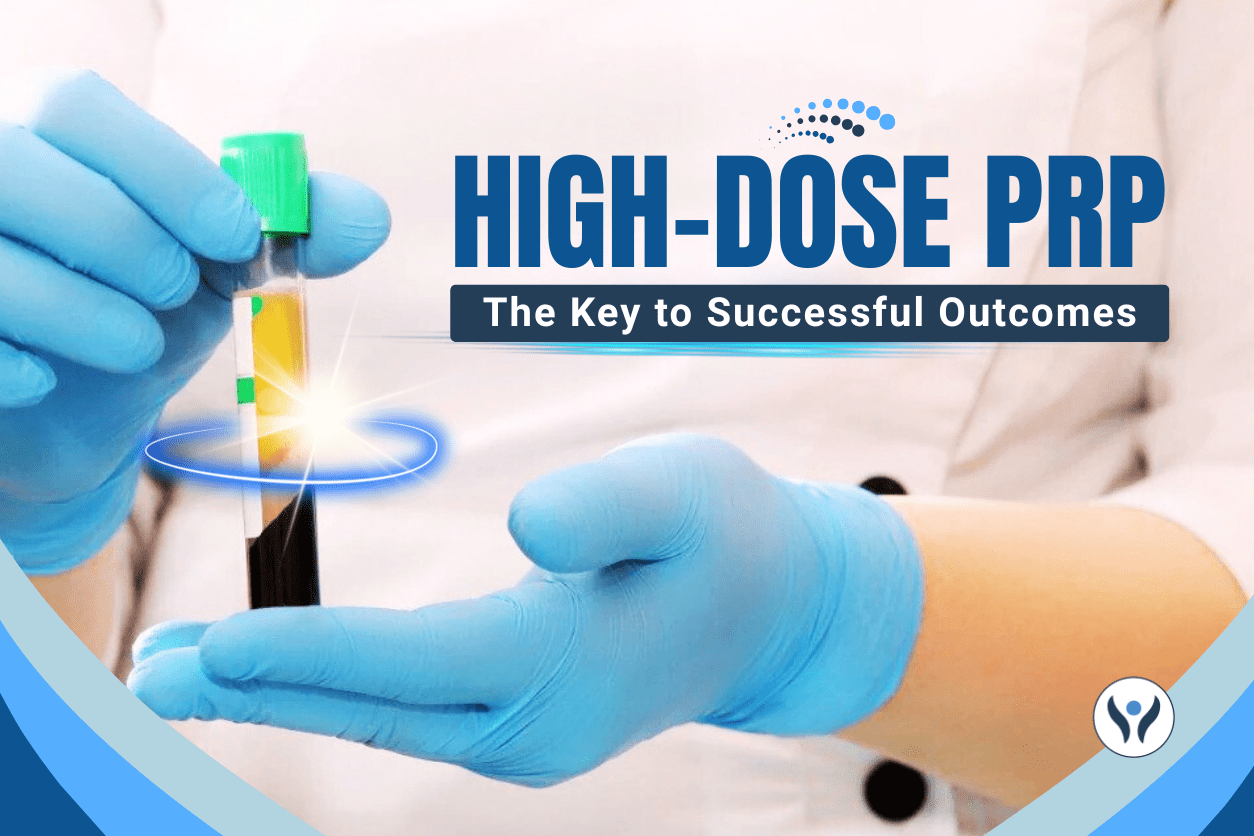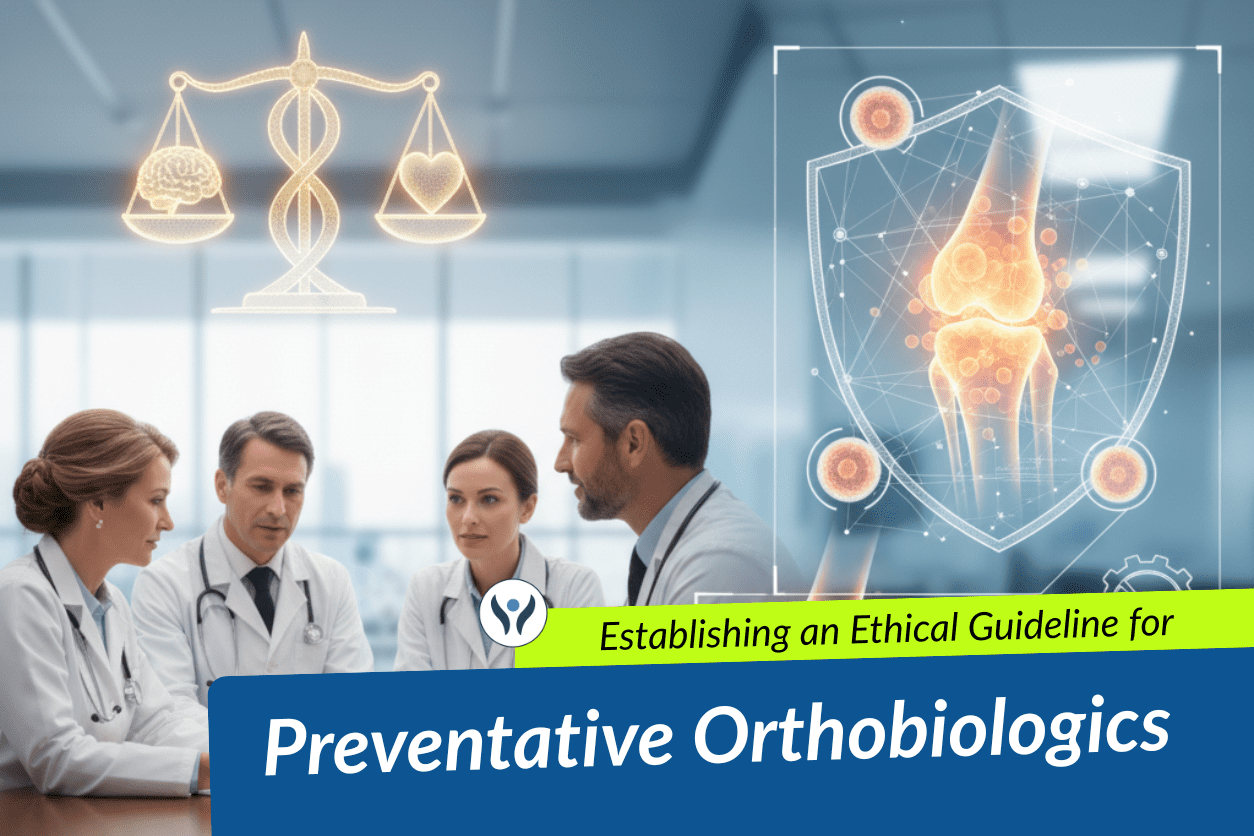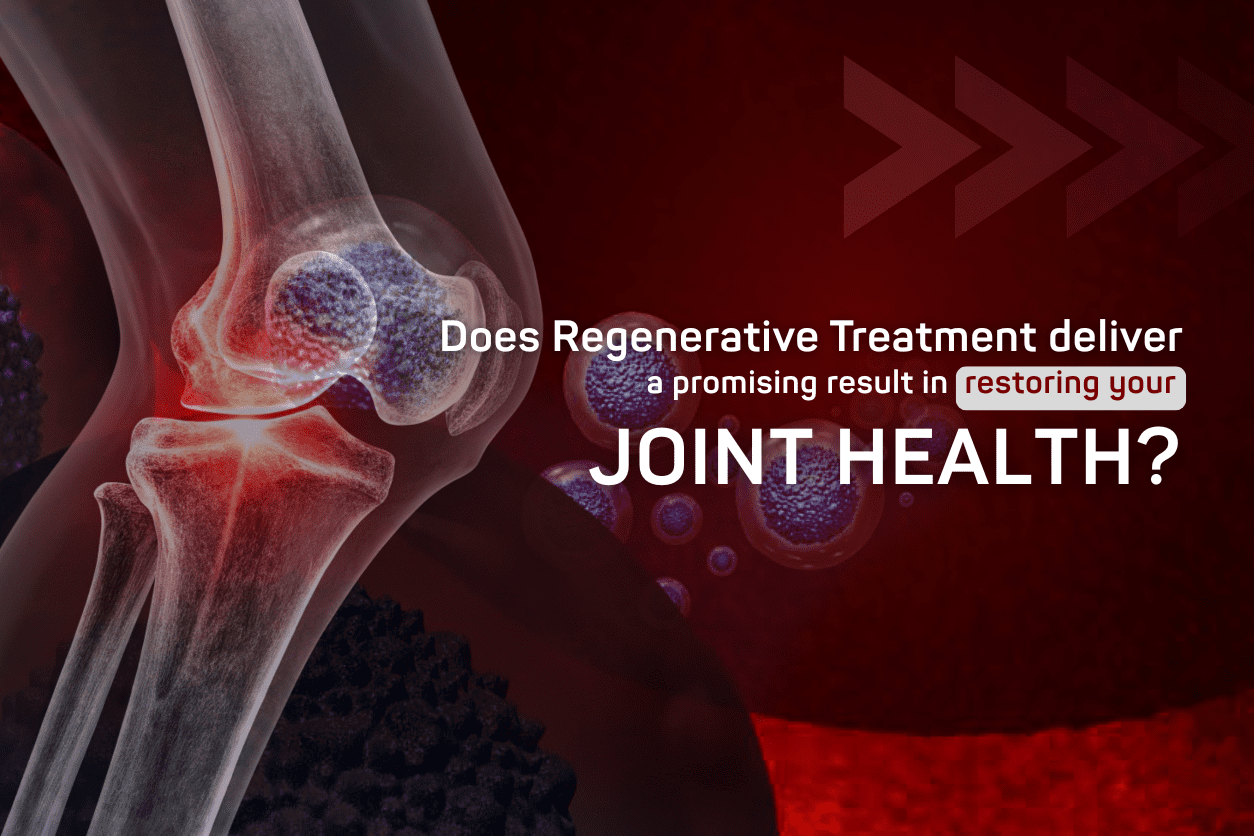
Regenerative medicine repairs damaged tissues, generate new cartilage, reduce inflammation, and slow down joint degeneration.

In recent years, physicians immersed in orthobiologics literature have increasingly recognized the critical importance of the dose and concentration of platelets delivered to patients in PRP (Platelet-Rich Plasma) treatments. This growing consensus aligns with a message that some pioneers in PRP treatment have emphasized for nearly two decades. A recently published research supports this viewpoint, offering clear evidence that higher platelet concentrations are mandatory for achieving positive patient outcomes. Let’s investigate!
Previously, PRP studies have often been unsuccessful because of low platelet doses. The initial analysis of several PRP research works linked study failures to insufficient platelet concentrations. Despite early warnings from a few experts, many well-designed studies continued to overlook the necessity of the high-dose aspect of PRP, leading to millions of dollars wasted on ineffective treatments. Recent research underscores this critical aspect, validating the long-standing claims made by proponents of high-dose PRP [1].
Between 2005 and 2007, while utilizing mesenchymal stem cell therapy, researchers adopted a technique using autologous platelet lysate (PL) instead of fetal bovine serum due to concerns over cattle prion disease. This PL, extracted from the patient’s blood, was made to secrete growth factors, which then promoted cell growth in the culture. They observed that cells from young patients thrived with low platelet lysate concentrations, while cells from older patients required significantly increased concentrations for favourable growth. This discovery highlighted the potential of the high-dose type of PRP to enhance clinical outcomes, especially in middle-aged and older patients.
A recent 2024 systematic review of PRP studies involved in the treatment of knee osteoarthritis is focused on product characterization. By reviewing over 100 RCTs, it narrowed down to 29 due to their comprehensive data on platelet dosage. The findings were striking: successful clinical trials of PRP delivered a mean total of 5.5 billion platelets into knees, compared to only 2.3 billion in unsuccessful clinical trials of PRP. At six months, 16 out of 18 treatment arms proved effective while 31 treatment arms experienced success with only two failures. This conclusive data indicates that higher platelet concentrations correlate with better clinical outcomes [2].
For doctor, the inference is clear: higher platelet doses are mandatory to achieve the best results in middle-aged and older patients,. Clinics that use inexpensive gel tube systems, which produce low platelet concentrations, are likely to experience higher treatment failure rates. On the contrary, utilizing advanced kits that allow for better blood volume extraction and increased platelet concentrations can significantly improve patient outcomes.
For patients, understanding the PRP process is vital as it involves the amount of blood drawn, the processing technique, and the reinjection procedure. The concentration of platelets in the PRP injectate is a vital efficacy measure. Patients should ask about the number of blood tubes used during PRP procedure, as this can assess the PRP level.
The scientists provide a straightforward method for estimating PRP concentration. By dividing the volume of whole blood collected by the final PRP volume, one can determine the concentration factor. For instance, if 12 ml of whole blood is concentrated down to 3 ml of PRP, the concentration is 4X, or four times the platelet concentration of whole blood. Understanding this computation can help patients determine whether they received an apt PRP dose.
Studies revealed that older patients need higher PRP doses for the best results. Data from a couple of clinical works suggests that when young cells (< 35 years old) respond well to low-dose PRP, older cells aged ≥50 gain from higher doses. This inference highlights the need for age-based PRP dosing for better therapeutic outcomes.
Patients who get unsatisfactory results from PRP treatments might have got an improper dose. It is mandatory to consult a treating physician about the PRP procedure, including the volume of blood drawn and the final PRP concentration. Knowing these details can help figure out whether the PRP dosage was apt for the patient’s age group.
At Medica Stem Cells clinic, physicians ensure that PRP is processed with the correct dosage tailored to the patient’s age. With clinics in the UK, Ireland, the USA, and Dubai, we eradicate the guesswork, while offering high-quality PRP therapy customized to improve patient outcomes.
As clinical research continues to validate the importance of high-dose PRP, it is crucial for both physicians and patients to recognize that higher platelet concentrations lead to better results, especially in older patients. Ensuring that the PRP dosage meets the necessary standards can significantly impact the success of regenerative treatments, making it a critical consideration in orthobiologic therapy.

Regenerative medicine repairs damaged tissues, generate new cartilage, reduce inflammation, and slow down joint degeneration.

As practitioners in the field of high-level Interventional Orthobiologics (IO), we often face the dilemma of whether to treat patients...

In recent years, physicians immersed in orthobiologics literature have increasingly recognized the critical importance of the dose and concentration of...

Joint health is a major characteristic of mobility as well as overall quality of life. From cradle to grave, accidents...

We use essential cookies to make our site work. We'd also like to set analytics cookies that help us make improvements by measuring how you use the site. Clicking Reject All only enables essential cookies. For more detailed information about the cookies we use, see our Cookies page. For further control over which cookies are set.
Thank you {{_full_name}}!
We will be in contact with you shortly.